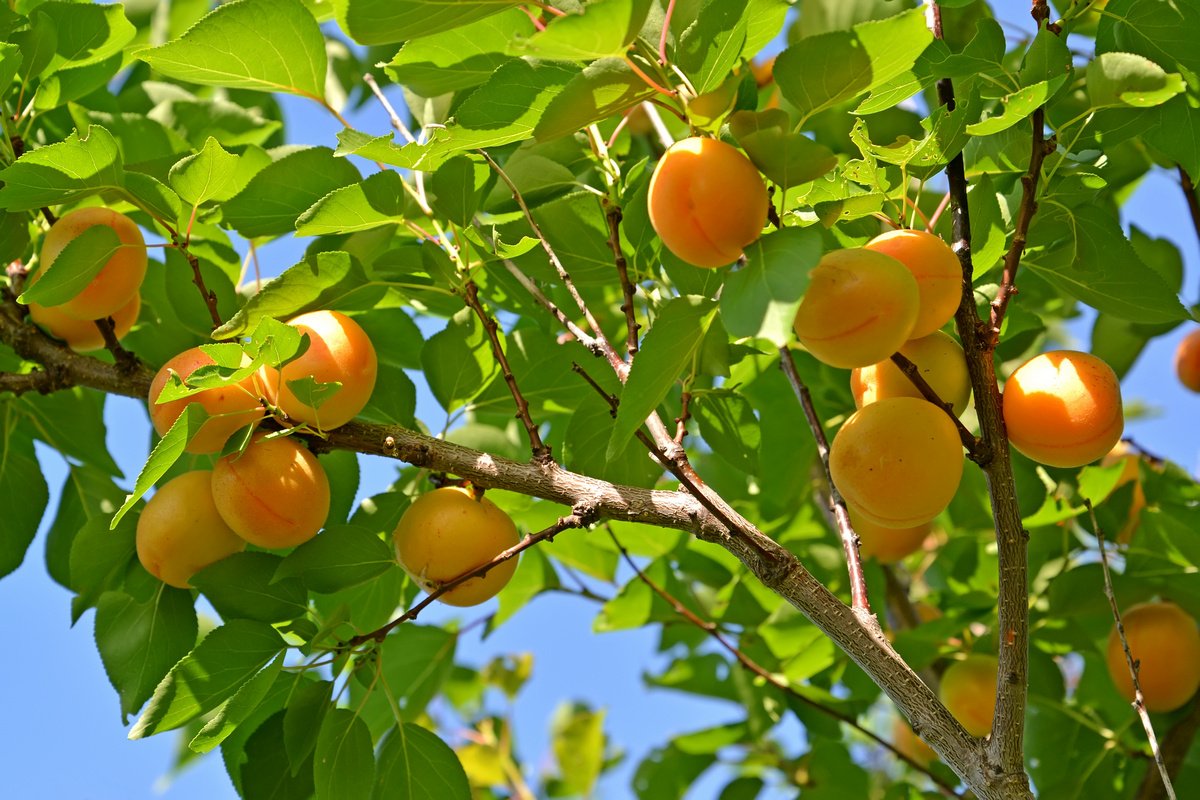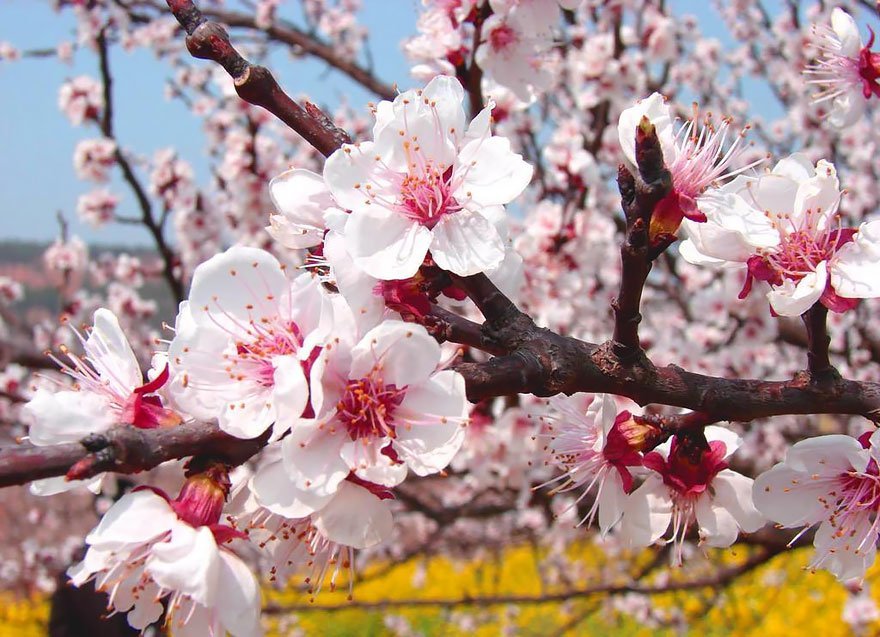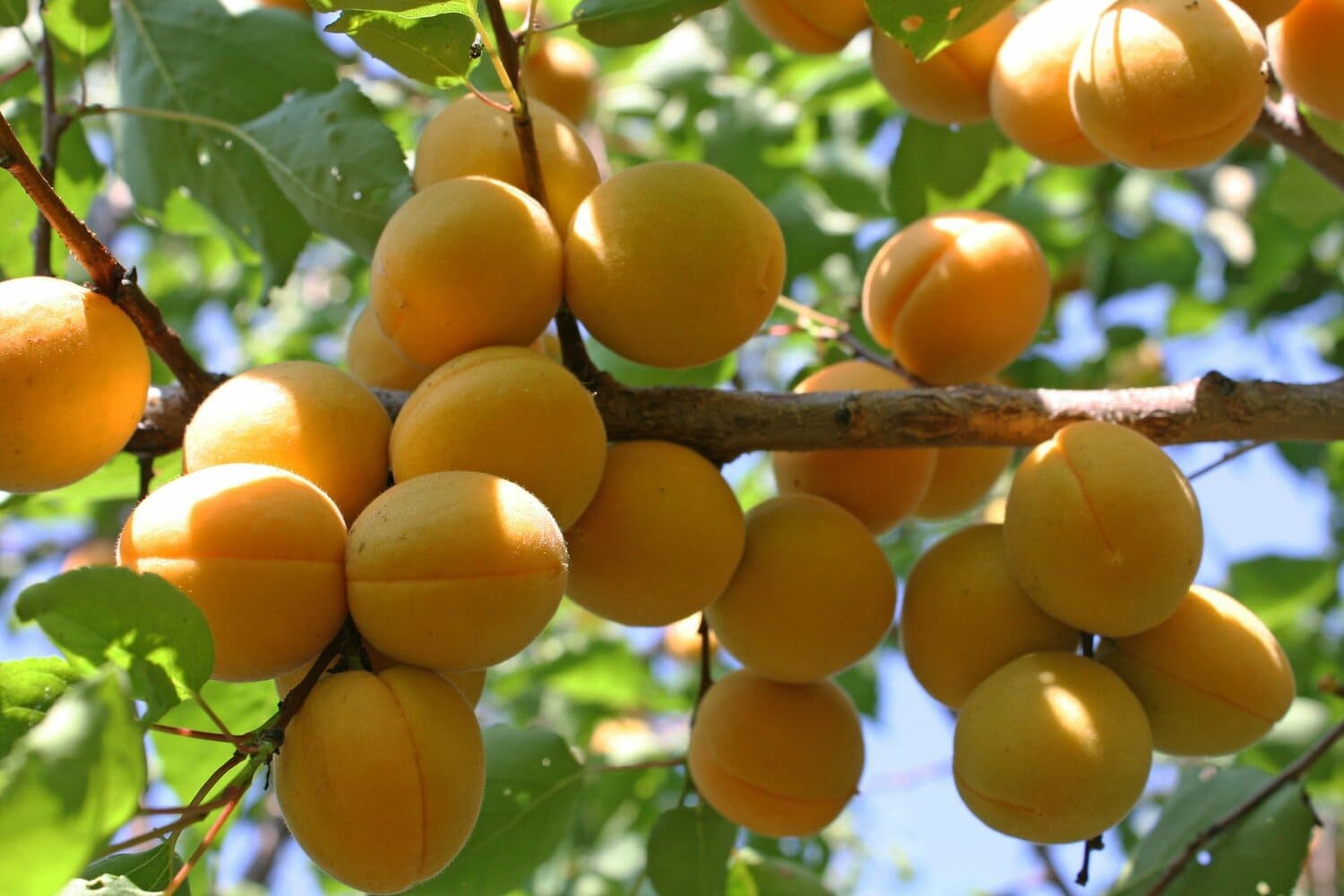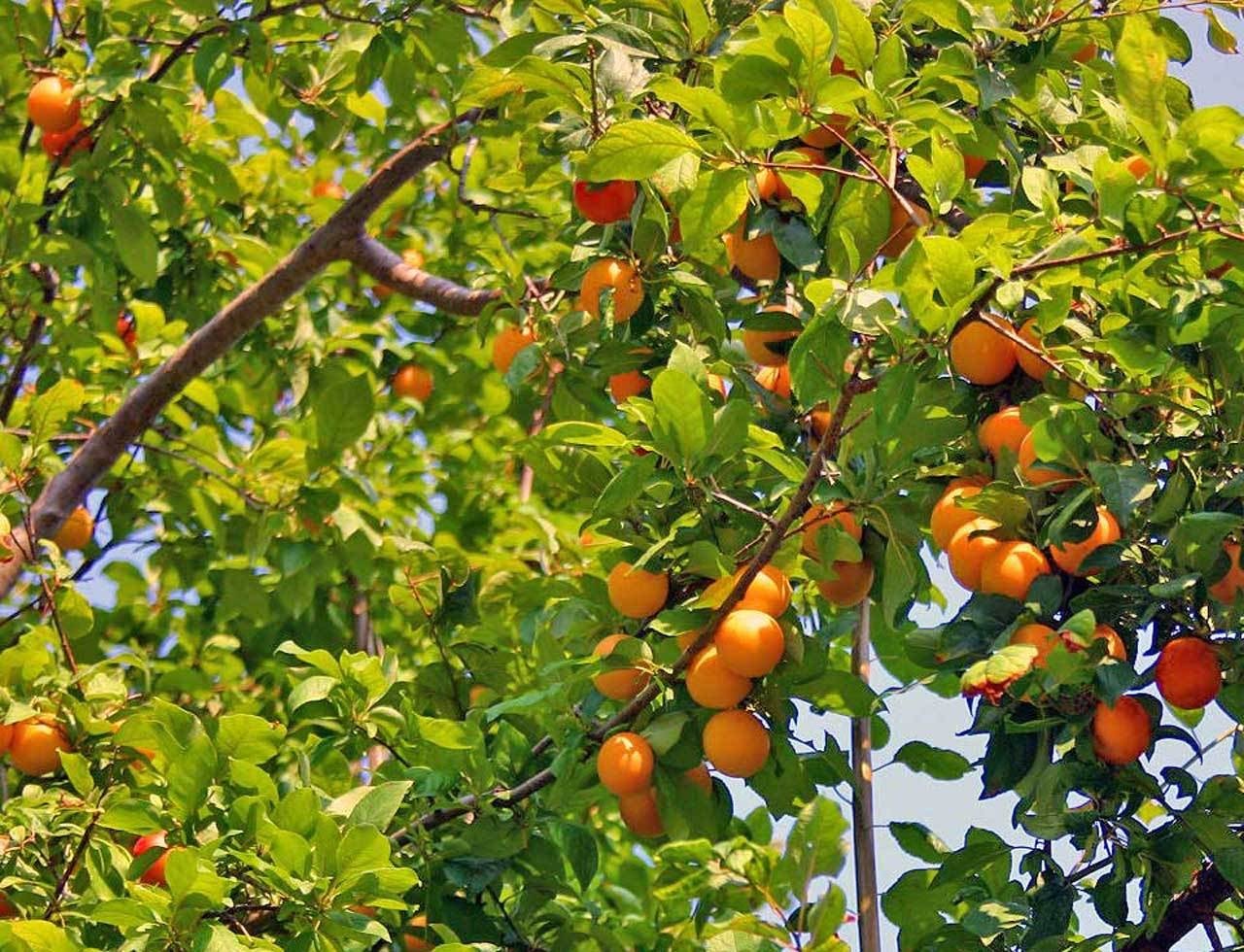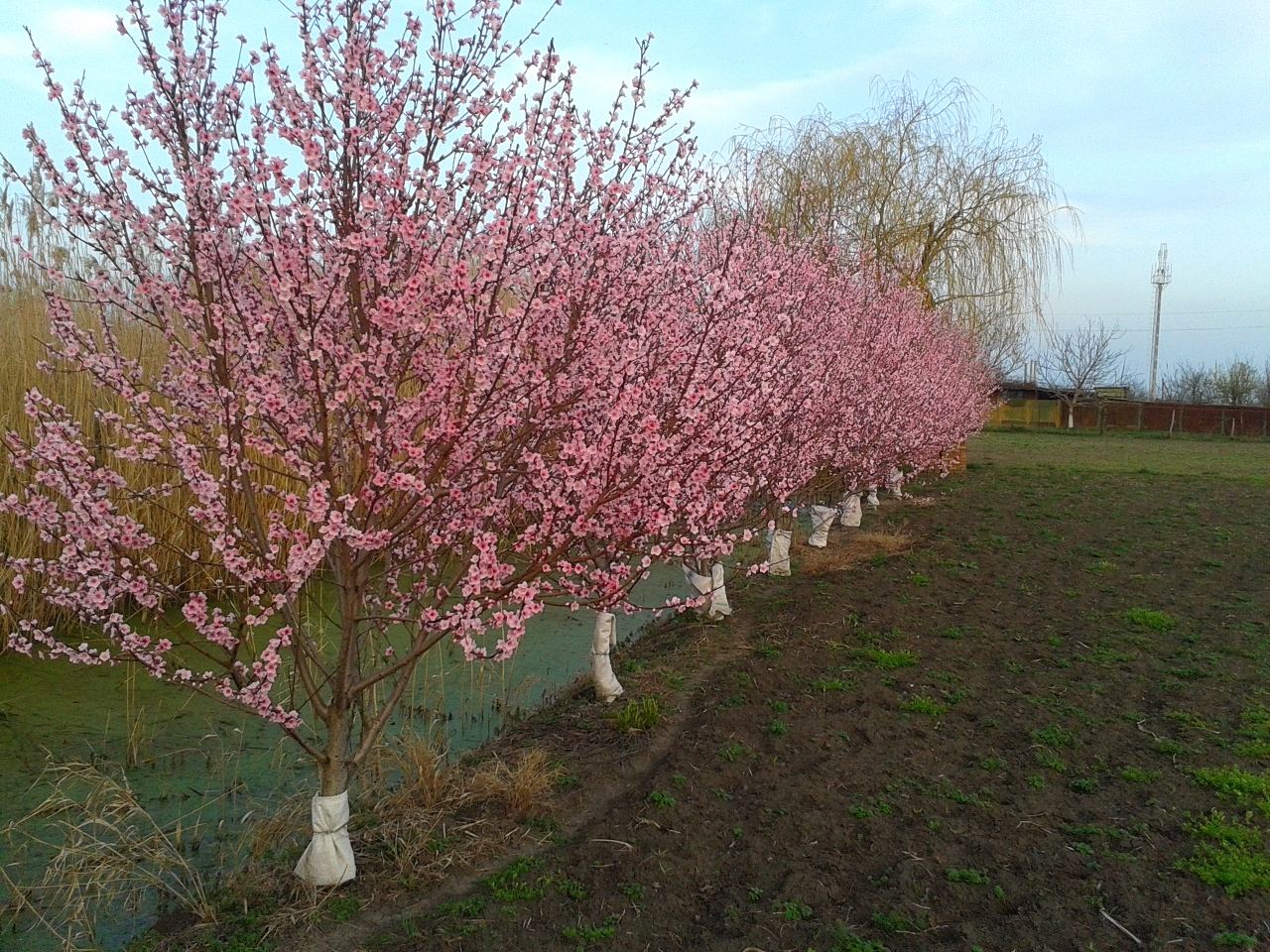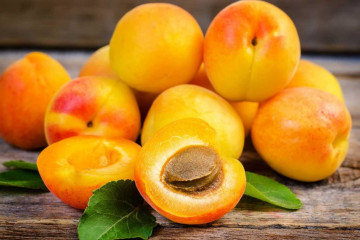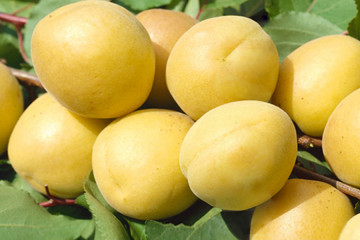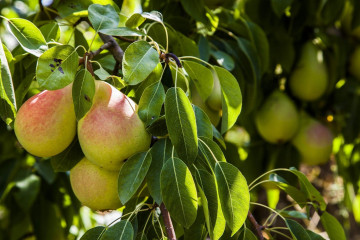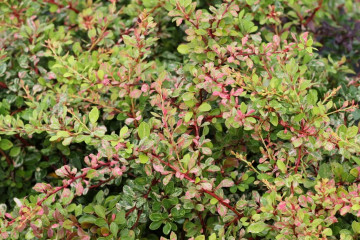Apricot Lel: description of the variety, pollinators, cultivation in the Moscow region
Content:
Apricot Lel is a real find for gardeners of the Moscow region and the Leningrad region, who previously could not even dream of a good harvest of this culture. The variety shows high performance even under unfavorable climatic conditions, and also tolerates unstable winters well. And, despite the fact that the variety is slightly inferior to some species in fruit size, it has a number of other advantages, for which it gained wide popularity.
The history of the origin of the Lel variety
This species was bred in the Main Botanical Garden in 1986. It is a seedling of 2-3 generations as a result of free pollination. Its authors are L. A. Kramarenko, A. K. Skvortsov.
Officially, apricot Lel was entered into the State Register in 2004 based on the results of tests carried out. The variety is recommended for cultivation in the Central District, where it shows maximum productivity.
Description of the tree
According to the description of the variety, apricot Lel is characterized by an average tree size, the height of which reaches 3 m. Its crown is compact, not spreading. This variety does not differ in the intensity of branching of shoots and increased growth, which greatly facilitates its care.
Leaves are elliptical, tapering towards the tip. There is a slight serration along the edge of the plates. At the beginning of the growing season and throughout the summer, the leaves of the Lel apricot have a rich green color. And with the arrival of autumn, they acquire different red shades from crimson to crimson, which gives the tree a special elegance. Above, the plates are smooth, shiny, and on the back there is a slight edge. The leaves are arranged alternately on the shoots.
The flowers of the apricot Lel are pink-white, and the sepals are reddish. With full opening of the petals, the diameter reaches 3 cm. The buds are single, located in the axils of the leaves.
Fruits are rounded-flattened, each weighing about 18-20 g. When ripe, the skin acquires a bright orange hue without a blush on the sunny side. The surface of the apricots is smooth, shiny, without edges. The pulp has a dense consistency, juicy, pale orange hue.
The taste is excellent, it successfully combines sweetness with a slight sourness. The tasting grade score is 5 points, which is the maximum. The stone is large, its size reaches 10-12% of the total fruit volume. The kernel is sweetish.
Specifications
Apricot Lel is characterized by a high content of useful vitamins and microelements for human health. The concentration of dry components in its fruits reaches 16%. This variety also has other characteristics.
Drought resistance, winter hardiness
Apricot (Lel variety) easily tolerates a lack of moisture in the soil. But with prolonged drought, shedding of the ovary and fruits is possible. This species is highly frost-resistant.It can withstand temperatures as low as -28 degrees, which is not uncommon in the Moscow region.
Disease and pest resistance
Apricot Lel under unfavorable growing conditions can be affected by clasterosporiosis, aphids. Therefore, it is necessary to regularly inspect the tree and carry out preventive treatments with fungicides and insecticides.
Pollination, flowering period and ripening times
Apricot Lel blooms in late April-early May. The variety is self-fertile and therefore does not require additional pollinators. The tree begins to bear fruit 3-4 years after planting. Ripening of apricots is early, occurs in the period from 15 to 20 July.
The yield of apricot varieties Lel
This species is characterized by moderate fruiting. Up to 20 kg of marketable fruit can be harvested from 1 tree. The crop tolerates transportation and long-term fresh storage.
Scope of the fruit
Due to its excellent taste and pleasant apricot aroma, the fruits can be eaten fresh. But the harvested crop is also suitable for making compote, preserves, jam. During heat treatment, the consistency of the pulp is completely preserved.
Advantages and disadvantages of the variety
Apricot Lel has a number of advantages over other types of crops. Due to this, it can be found on the personal plots of many gardeners in the central regions. But this variety also has its drawbacks, which must be taken into account when growing it.
Main advantages:
- self-fertility;
- great fruit taste;
- resistance to frost, drought;
- undemanding to the composition of the soil;
- annual fruiting;
- early maturity;
- marketability;
- long-term storage of the crop.
Disadvantages:
- moderate productivity;
- susceptibility to aphids, clasterosporium disease;
- large bone;
- small fruits.
Landing rules
Planting an apricot seedling Lel in a permanent place should be in the spring. This should happen when the ground thaws to a depth of 20 cm, as well as the air temperature within + 10 ... + 12 degrees. This time frame will allow the plant to quickly root and adapt.
Selection and preparation of a seedling
For planting, you should choose one- or two-year seedlings. They must have a well-developed root system and be free from signs of disease and mechanical damage. 2 days before planting, the seedling must be placed in water in order to activate the growth processes in the tissues.
Landing requirements
For apricot Lel, you should select a sunny open place on a hill, which will provide full access to light and reduce the likelihood of the root system getting wet during thaws in winter. Therefore, it is best to place the tree on the southeast or southwest side of the site. In this case, it is necessary that the apricot be protected from cold gusts of wind.
Apricot Lel shows the maximum efficiency when it is planted in sandy loam and loamy soils with a neutral level of acidity. At the same time, the groundwater level at the site should be within 2.5-3 m.
Landing algorithm
2 weeks before planting, you should dig up the area and remove the roots of perennial weeds. Then you need to prepare a hole with a diameter of 80 cm and a depth of 1 m.At the bottom, lay a layer of crushed stone with a height of 10 cm. And fill the rest of the volume by 2/3 with the nutrient mixture. To do this, mix turf, sand, peat and humus in a ratio of 2: 1: 1: 1. Also add 40 g of superphosphate and 25 g of potassium sulphide, mix thoroughly.
Algorithm of actions:
- Make a slight elevation in the center of the hole.
- Put a seedling on it, spread the roots.
- Sprinkle them with earth and fill the rest of the space with soil.
- Compact the soil at the base.
- Water abundantly.
- Mulch the root circle with peat or humus.
Follow-up care of the culture
Caring for apricot Lel includes standard agricultural practices. Therefore, any novice gardener can cope with its cultivation.
Pruning and shaping the crown
Immediately after planting, you need to start forming the crown of the seedling. To do this, you should select the side branches growing in different directions and shorten them by 1/3 of the length. In this case, you should pay attention to the angle of the branches from the trunk, 45 degrees is considered optimal. The center conductor must be cut so that it is 20 cm higher than the side branches.
In the future, you need to regularly clean the crown of the tree from broken, thickening and downward shoots.
Top dressing scheme
You should start fertilizing the tree from the second year after planting. To do this, use urea in the spring, apply nitroammofosk in the first half of summer, and after fruiting use phosphorus-potassium mineral mixtures. Such a feeding scheme will allow the tree to fully develop, form fruits and strengthen immunity.
Preparing for winter
Despite the high frost resistance of apricot Lel, when growing it in the conditions of the Moscow region, it is necessary to prepare for winter. For this, the trunk and the lower part of the skeletal branches must be whitened, which will prevent cracking of the bark during thaws.
Also, the tree trunk at the bottom should be covered with spruce branches, and wrapped on top with roofing material to protect it from rodents. In addition, 10 cm thick mulch should be laid in the root circle of young seedlings. For this, peat or humus can be used.
Harvesting and storage of crops
Ripening of the crop of Lel apricot occurs gradually. Therefore, the collection must be carried out in stages over 30-40 days.
The harvested fruits can be stored fresh in a cool room at a temperature of +4 degrees and a humidity of 80% for 2 weeks. In the future, they will soften and rot. Natural losses during storage of 3-4 weeks are about 20%.
Apricot Lel is a variety with a unique fruit taste that shows good performance in the central regions of the country. Many gardeners also prefer it for its moderate crown growth, which makes it easy to care for and harvest.
